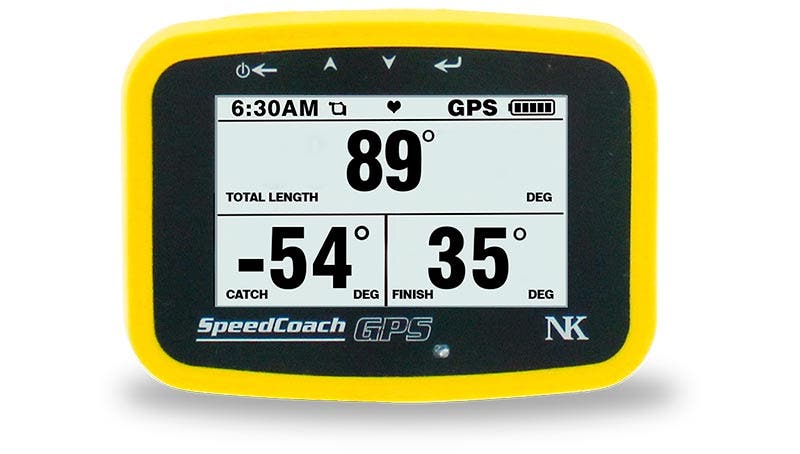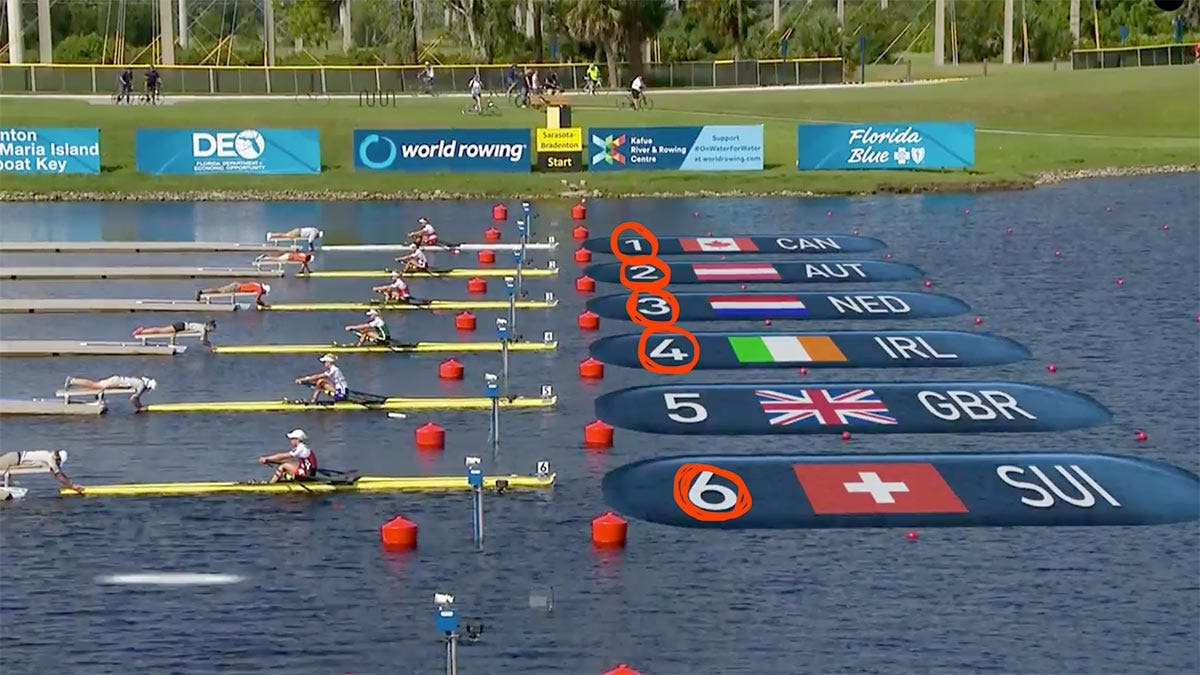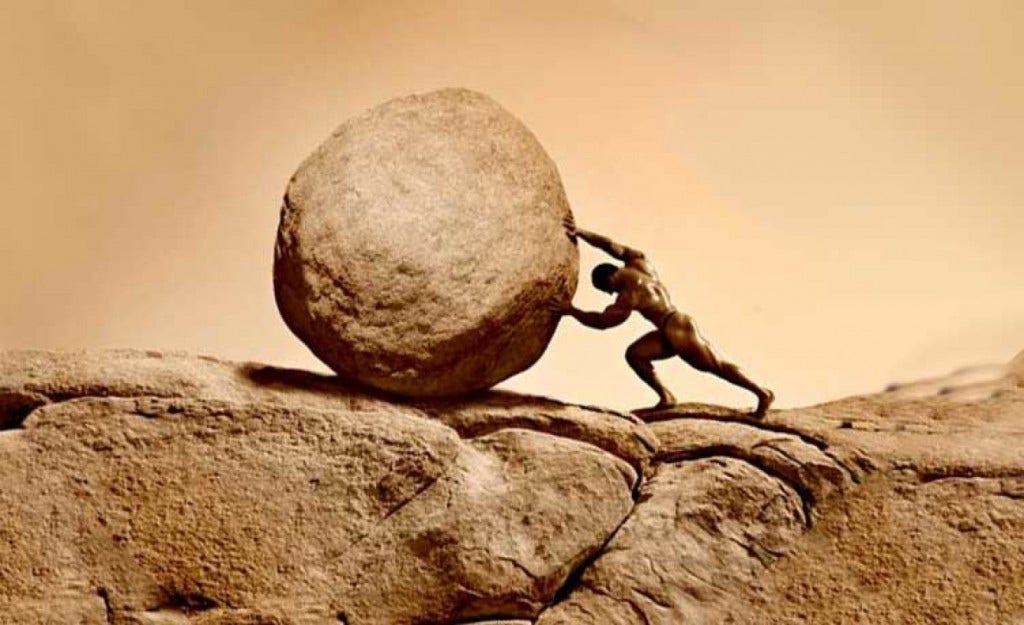Got a need for speed and savings? Take 15% off the SpeedCoach for a limited time!
Oarlock Q&A with Michael Naughton
Michael Naughton, the Director of Product Management here at NK, sat down to answer two frequently asked questions about the new Empower Oarlock.
What is the main difference between focusing on watts vs. 500m spilt for measuring improvement?
There is a big difference between Force (N), Work (J), Power (W), and Pace (time/500m). You asked specifically about Power and Pace, but the others have value as well.
Pace (split) has, until now, been the benchmark measurement for improvement because we can see how effort or technique impacts boat speed from one stroke to the next. But there are many factors other than human input that impact the speed of the boat: current, wind, teammates, equipment, rig, etc., so while we can use Pace to make some judgments, we also know that it leaves uncertainty as to why the numbers are what they are.
Power more accurately represents the human factor. It is a function of force, arc length and rate, so if we want to increase Power, we can do so directly by increasing one of those. To illustrate the benefit of Power over Pace, just imagine rowing on the Schuylkill (a Philadelphia river with significant current) using GPS to measure speed. When you go upriver at 250W, you might see splits of 1:55. Then turn around and go downriver at 250W, and you might see splits of 1:50.
Okay, so you can always switch to the impeller to eliminate the effects of moving water, but what about wind? When you row into the wind at 250W, you might see splits of 2:00. When you turn around and row with the wind, your power will still be 250W, but your split might be 1:48. Power is a more direct measure of the athlete’s actions than boat speed is; therefore training with power can be more effective than relying on splits alone.
How do the length and effective length calculations differ? (e.g. length - wash = effective length?) What is slip? Is that missing water at the catch?
Length is the total angle travelled from the catch to the finish. Effective length is the angle travelled where the Force is at least 100N. In other words, Effective Length is the total angle that you’re likely to be moving the boat. The difference between Length and Effective Length is likely wasted motion. At the catch, we define this as Slip. At the finish, we define this as Wash.
There are several ways to increase catch length. For one, we can move the stretchers into the stern. This will increase catch length, but also reduce finish length. Doing this will simply move where the work is done while maintaining total Length. Another way to increase catch angle is to reduce the spread. Other considerations should be taken into account when doing this, such as reducing oar length and inboard and moving the foot stretchers. We did this for Joseph, by moving him from 160cm spread to 157cm spread. I think that increased his total length by 5-7 degrees. (And remember, increasing length will increase Power, and therefore speed.)









